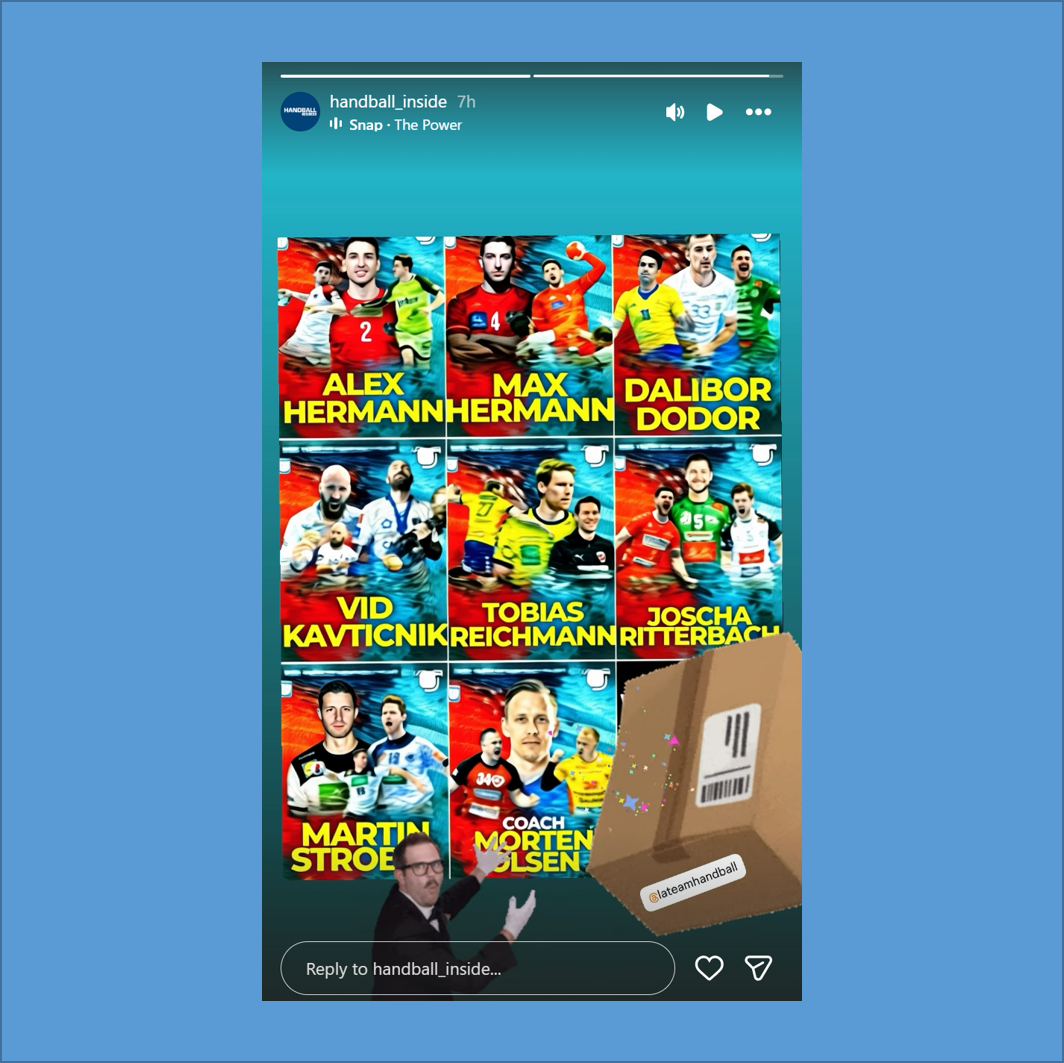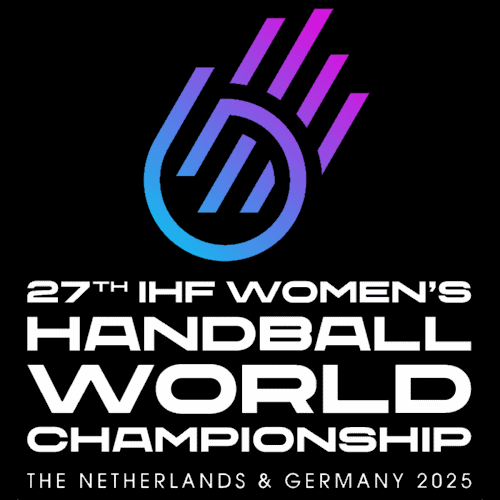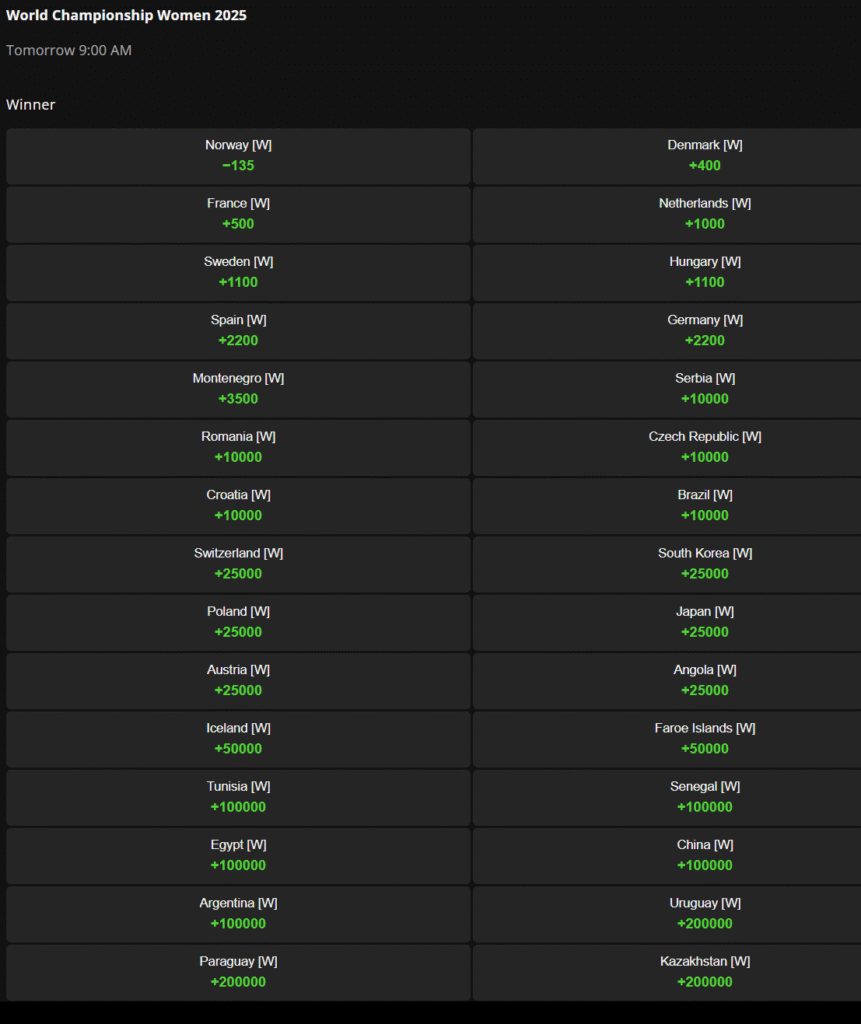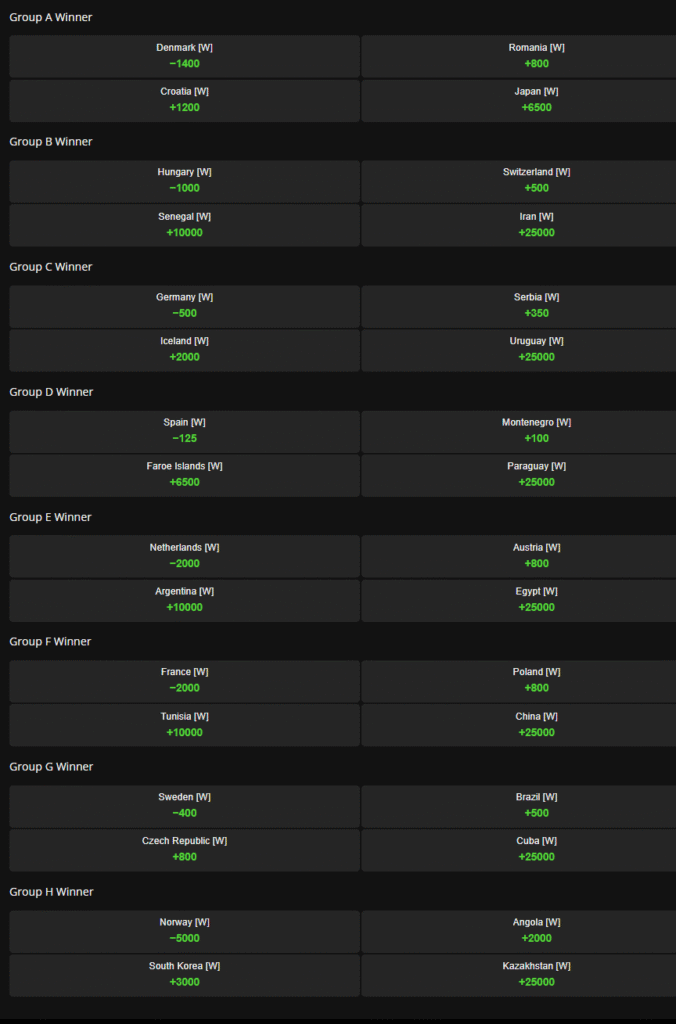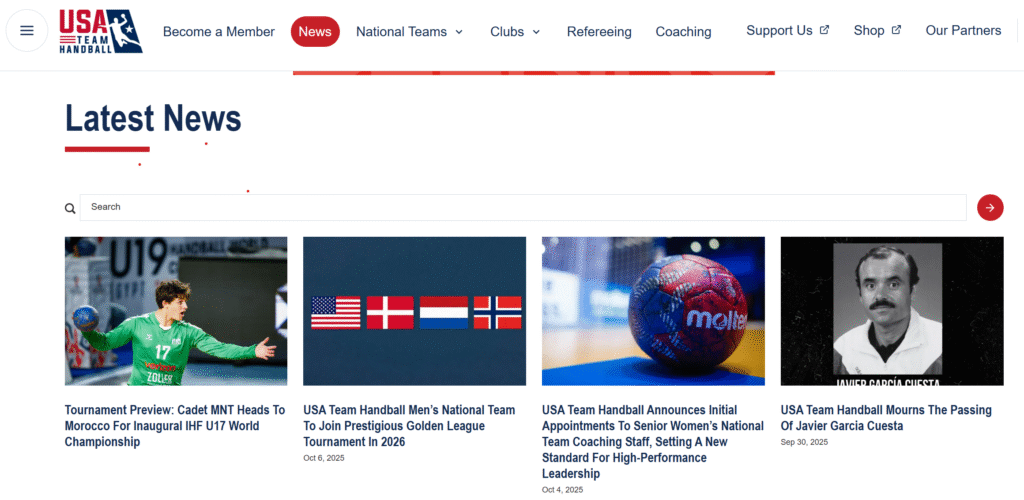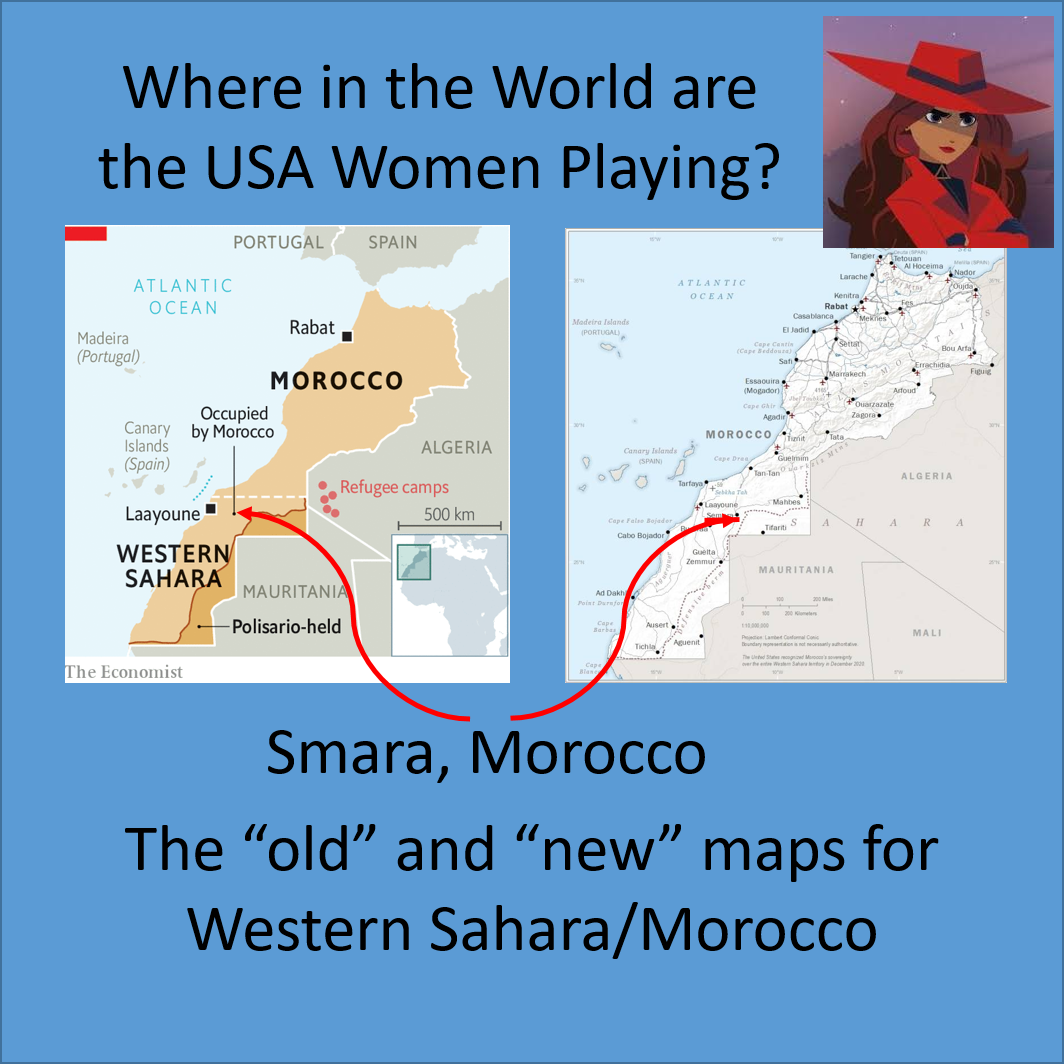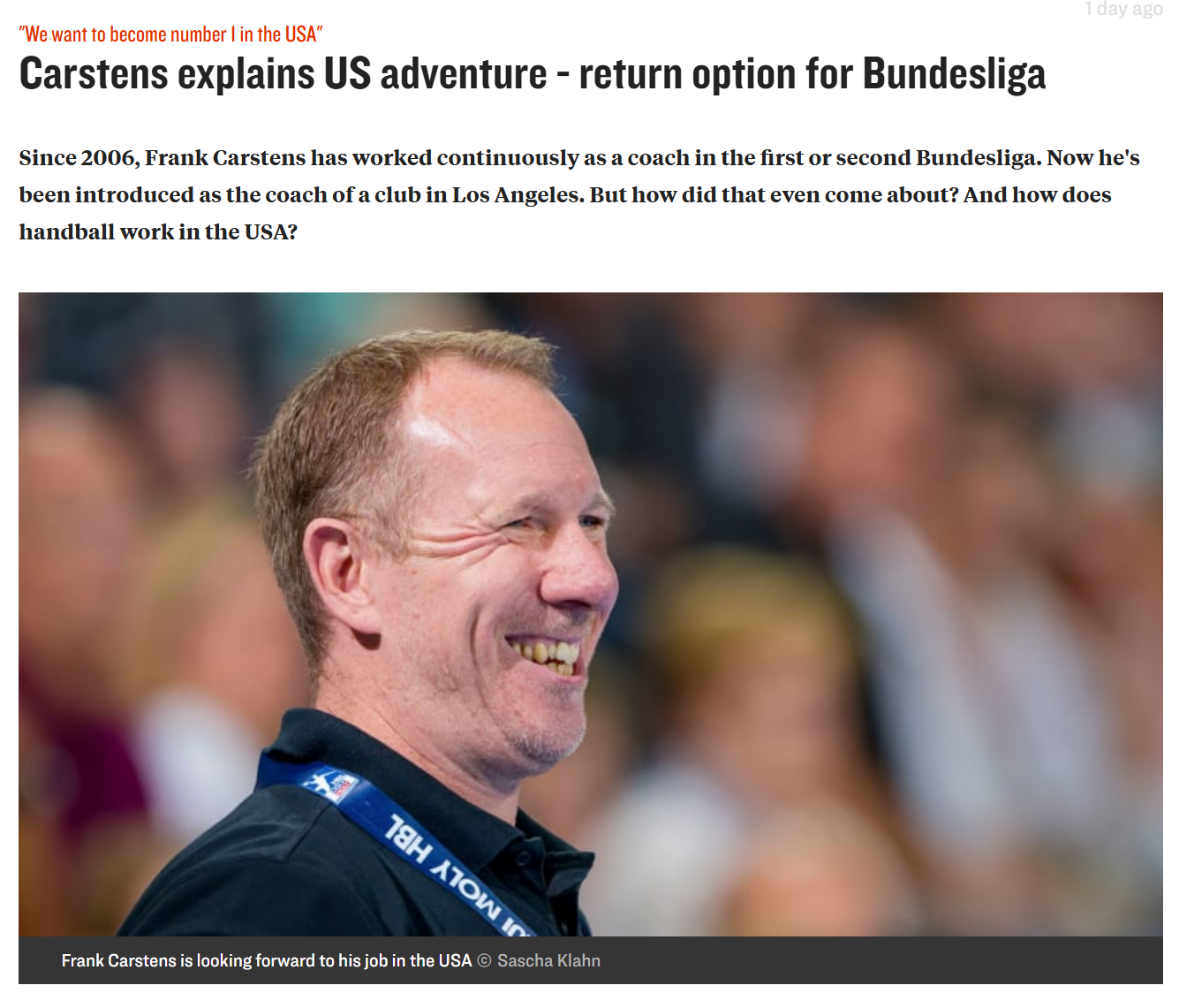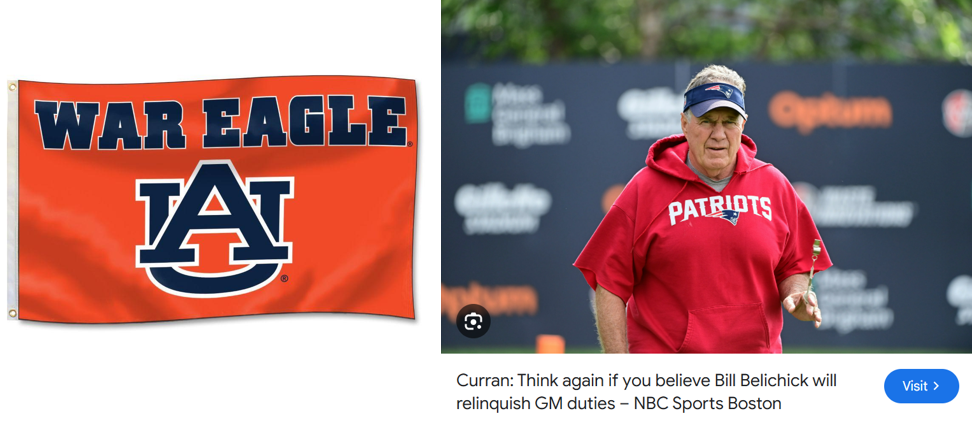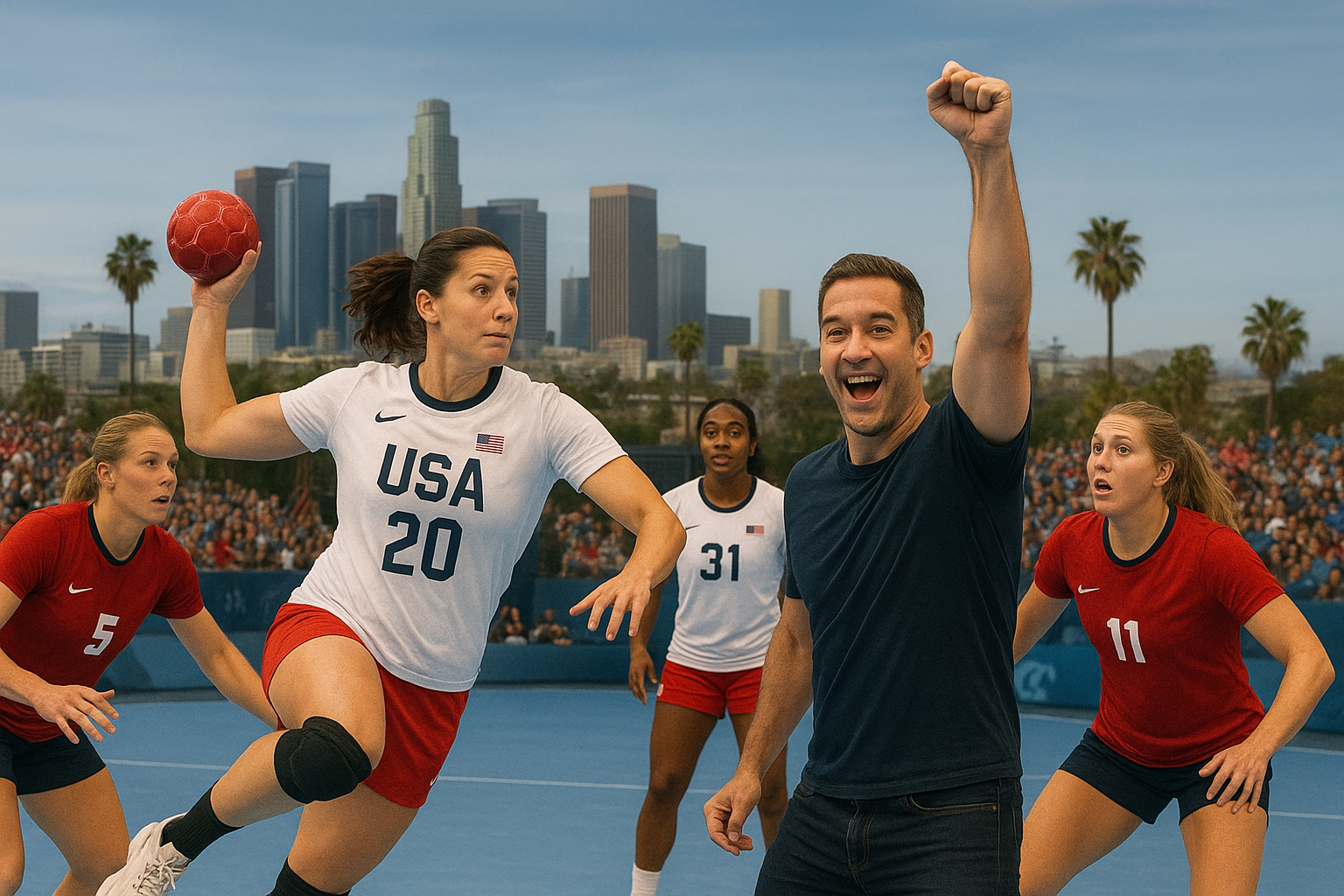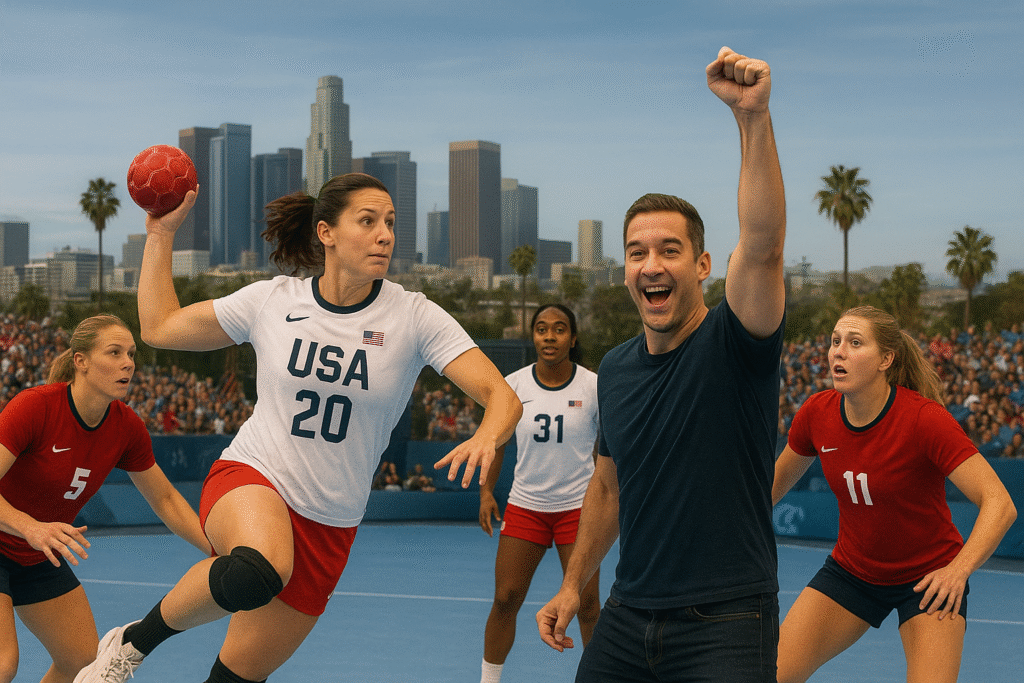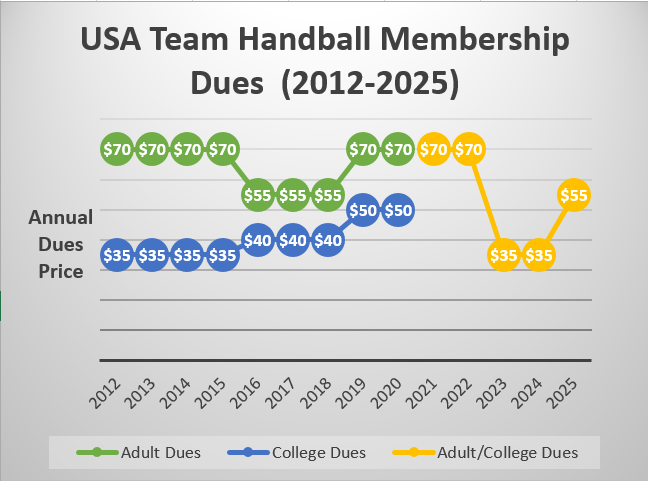(Handball Inside’s Instagram Story montage of Los Angeles Team Handball’s recent recruiting spree)
Our Germans are Better than their Germans
Back in the day, long before I became America’s #1 handball fan, I was a Flight Test Engineer at Edwards AFB in California. As such, it probably wouldn’t shock you that the 1983 movie, The Right Stuff, is one of my all time favorites. Parts of the film were actually filmed at the base and Chuck Yeager used to periodically show up at the Officer’s Club on Friday nights because he was a living legend and kind of owned the base. In one memorable scene, Senator (and later president) Lyndon Johnson is told that the Russians are ahead in the Space Race because of all the German rocket scientists working for them only to be told by Wernher Von Braun, that “our Germans are bettter than their Germans.” Which, indeed, ultimately was proven true in the end.
Yes, one of the lesser known tales, is that at the end of WW II, Germany actually manufactured a pretty capable rocket, the V-2, and, both the Soviet Union and the United States were very interested in aquiring the knowledge behind that technical development. And, thanks to Operation Paperclip, the U.S. did a better job and over 1,600 German scientists, engineers and technicians were resettled in the U.S. after the war. The U.S. has plenty of very capable people, but this German core helped us get the job done once we put our mind to it.
Our Germans are Better than your Danes
80 years later a different talent acquisition battle is taking place on American handball courts. This time two teams, the Los Angeles Team Handball Club (LA THC) and the New York Athletic Club (NYAC) have both “acquired” European handball players to bolster their prospects of winning the USA Team Handball National Cup. Initially, I thought that only LA THC was bolstering their roster with Viran Morros and Domogoj Srsen coming from Europe along with most of the upper echelon handball athletes (Drew Donlin, Ty Reed, and Akuro Zuwed) living in the U.S. joining the team. But, then NYAC suprised LA THC at the first weekend of competition in October. This is because NYAC had very quietly added some Danish Handballers to augment their roster. LA THC lacked backcourt scoring and NYAC beat them 28-24 and whined about losing to a “Danish team.” I found this to be amusingly hypocritical and posted this on Instagram.
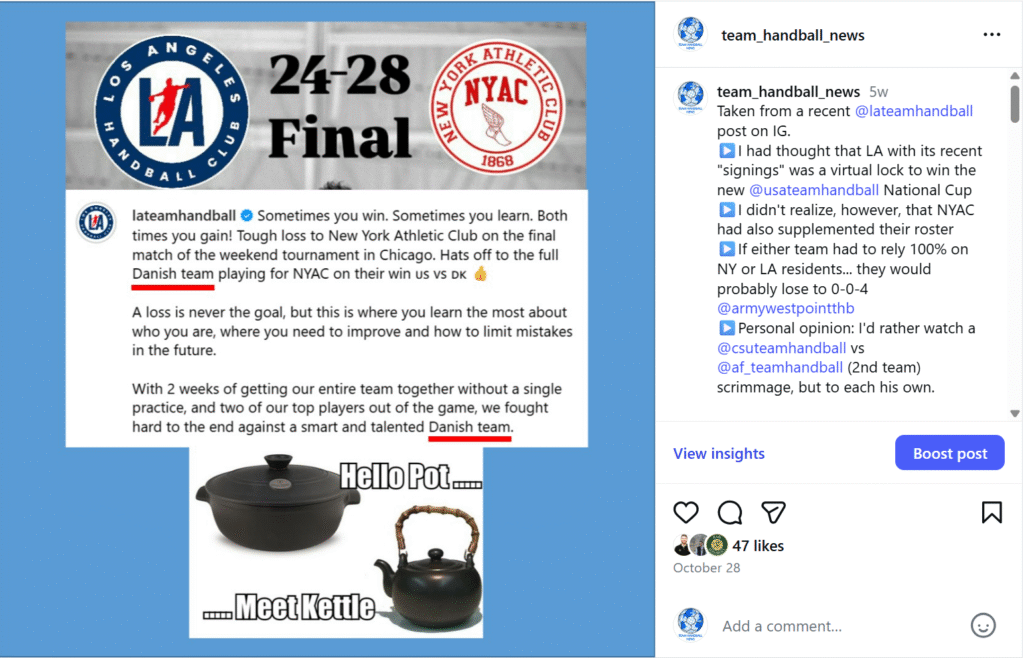
In response to the upset LA THC went on a recruiting spree and barring Mikkel Hansen quietly coming out of retiriement for NYAC they should dominate play with the addition of these athletes this weekend:
- Michell Gabriel Hildebrandt
- Alexander Hermann
- Maximilian Hermann
- Dalibor Doder
- Martin Johannes Strobel
- Tobias Reichmann
- Joscha Ritterbach
- Vid Kavticnik
Yes, just like the Soviet Union launching Sputnik to wake up the U.S., NYAC’s win in the first weekend tournament has woken up LA THC. The match has yet to be played, but, on paper, their Germans (and Austrians, Swede and Slovenian) are better than NYAC’s Danes. Way better.
Some Positive Aspects of this Development
While, I can’t help but chuckle at this whole development there are some positive aspects of it to include:
- Publicity (Rest of World): Handball publications in Europe have been covering these player acquisitions as if they are somehow similar to Simon Pytlick signing with Berlin. And, some social media posts have gotten a significant number of likes and comments about how cool it is. I’m not sure if it really moves the needle much, but it doesn’t hurt for the world handball community to contemplate the possibility of handball in the U.S. becoming bigger even if it’s very debatable if it’s actually occuring.
- Publicity (USA): In theory, former professionals playing handball in the U.S. could trigger greater handball interest in the form of press coverage, fans showing up to watch matches or watching competition online. I haven’t seen any signs of that yet, but, in theory, it could happpen.
- Better competitition for upper level handball players in the U.S.: The U.S. may not have a very robust talent pyramid composed of handball athletes in the U.S., but it does exist. And, if you are at the very top of that pyramid your opportunities to play against similar or higher level competition are few and far between. The importation of some high quality athletes to play against (even if it’s just three weekends) is a good deal for those handful of athletes at the tippy top.
- Great learning experience for the West Point collegiate program: Of the six teams participating in the USA Team Handball National Cup only one team is primarily American with an average age under 30 and that team is Army (West Point). Perennially, the top collegiate program these athletes who’ve only been playing handball 1-4 years and an average age of ~21 have yet to win a match in the competition, but they undoubtedly are learning a great deal from the experience.
The Negative Aspects
- Deceiving the world handball community: All of the publicity surrounding these developments are announced like it’s a European club signing an athlete. The reality is that these athletes are essentially flying to the U.S. for a couple of weekends to play handball for teams that are only sort of connected to the location in their team name. LA has a supporting cast of athletes who do live in LA, but many of the top players don’t live anywhere near there. I think the situation is even more stark with NYAC as I’m not sure if any of the athletes on the NYAC 1st team live in New York City. Further, this is a competition structure unlike anything in Europe as it is essentially recreational handball played in nondescript gyms with the only spectators being friends, family and players from the other teams. This is handball in the United States for the last 50 years.
- Punishing clubs trying to do develop the “right way”: The result of this handball arms race is that it’s challenging for clubs to effectively compete with just local talent. No, in order to compete for a title a club will almost always need to add players at key positions. This has been going on for years… it’s just gotten more pronounced lately. And, while one might argue that the same thing happens with pro clubs in Europe bringing in foreign talent to bolster the roster that point neglects the reality is that those are professional clubs and when those clubs bring in talent… the talent moves to that city to practice with the team. Another complication is that bringing in talent like that for big tournaments can even have a reverse “West Point” effect in that up and coming players lose playing time and valuable learning opportunities to the more experienced temporary members of the club.
- Significant lost opportunity costs: People can spend their time and money on whatever they want to. And, this includes roster additions to win a competition. I don’t know what arrangments have been made to secure the sevices of these players, but I’m guessing it might be just as simple at travel and lodging costs. That might not seem like much, but when you’re talking multiple flights from Europe and lodging those costs start to add up. With handball in America facing many challenges one doesn’t have to think very hard to come up with alternative ways those funds could be spent to develop the sport in the U.S. But, again that’s the choice of the clubs and to LA THC’s credit they donated $1,000 to a new club at the University of Georgia. In my opinion, that’s the best thing so far to come out of this venture and I hope more such donations are on the horizon, hopefully to some new collegiate clubs in the LA area.
Just Marketing Buzz?
As someone who’s been around the block a few times both in the business and handball world, I’ll be the first one to tell you that marketing is very important. You can have the very best product or plan, but if you can’t sell it… that’s a problem. However, the reverse can also be true with the marketing way out in front of a loosely defined concept. And, in the age of the internet with content creators and influencers creating “marketing buzz” can even morph into the primary objective. Can even be interpreted as the primary metric of success. I don’t think that’s entirely what’s happening here, but it’s a significant component.
Or… Something more Tangible?
Marketing buzz is often over-valued, but it can be the first step towards achieving something more tangible. Beyond the buzz, the primary tangible objectives appear to be winning the USA Team Handball National Cup, the North American Club Championships and to go to the Super Globe. This super charged LA THC team should be able to easy accomplish these objectives. Going to the Super Globe is “something” to shoot for, but it also is the most maligned handball tournament in the world. At this year’s edition I was puzzled by the dismal attendance for a match between Magdeburg and Veszprem why it was so paltry and Handball influencer, Rasmus Boysen provided a succint explanation.
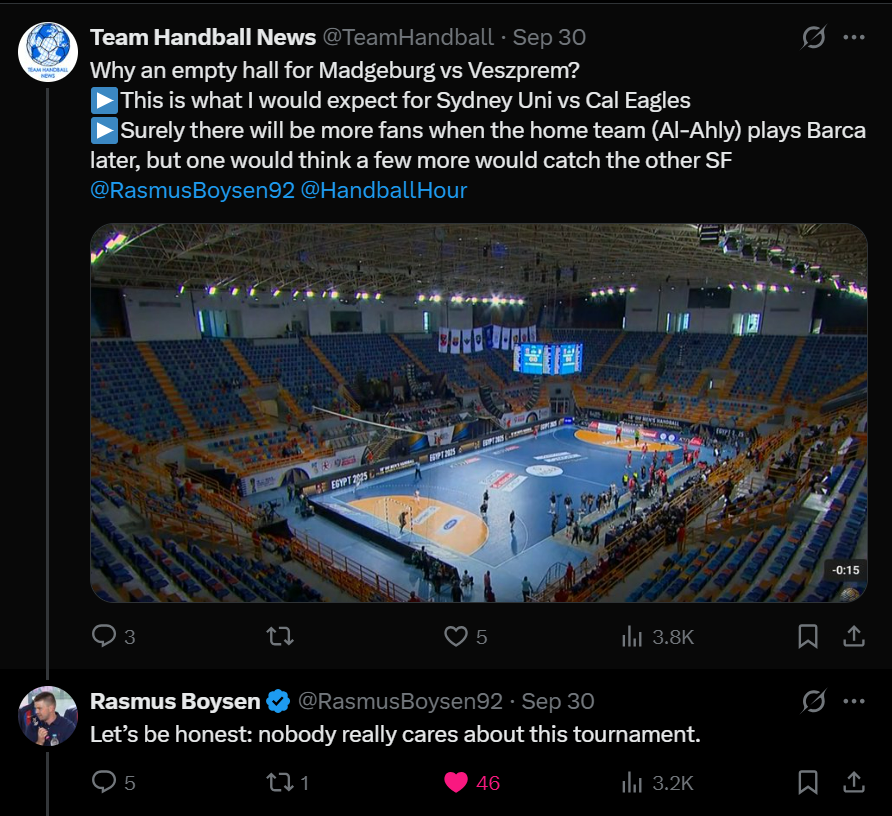
No Upward Wrexham Path in the U.S.
Some social media posts have made references to “elevating handball” in the U.S. This is pretty vague and can be interpreted in a number of ways. I think a lot of Europeans envsion a plucky amateur club spending money to climb into the professional ranks like FC Wrexham has famously done and how handball clubs like Hamburg‘s rebirth in Germany or more recently Hoj Elite in Denmark have done.
Unfortunately, that’s not how things work in the U.S. For one thing there are no professional hanball clubs to compete against and even if there were U.S. sports don’t have promotion and relegation. LA THC, NYAC or any other club are not going to continue to grow and eventually become professional entities like the LA Lakers or the New York Knicks. About the best LA THC and other clubs could hope for is some entity like Pro Handball USA actually establishing a semi-pro league and then getting invited to join it. Maybe that will happen some day, but I don’t think it will happen anytime soon.
Other Elevation Options
It goes without saying that there are also other ways to “elevate” a club besides turning pseudo-professional. The GoFundMe that was established for LA THC identifies it’s mission as “to provide athletes of all ages—youth, juniors, men, and women—a place to learn, play, and improve their handball skills.” This sounds pretty good to me and it has raised over a $100,000. However, it would be super interesting to see a breakdown of how that $100K has been spent and what portion of it has gone towards travel and lodging for retired handball professionals (i.e. “men”) and what portion has gone towards youth, juniors and women. Why, I’ve even proposed to Lewis Howes that he shift the focus from his personal Olympic Dreams to a women’s program focus as it could truly be a game changer. Done right LA THC could even field around half of our 2028 Women’s Olympic Team.
The Necessary Hype Vehicle to Enable the Grudge Work of Development?
One last possibility for consideration is that the Men’s club team is simply the hype vehicle to enable real development. One can always post videos of kids running around throwing handballs, but that just doesn’t get anyone excited. Whereas bringing in former pros to win a title is easier to hype up and sell. And, then once the hype has been sold, the real behind the scenes grudge work that develops handball can take place in earnest. I guess I would be down with that.
I, for one, certainly don’t buy the hype, but some people (particularly in Europe) will and maybe some Americans will as well. Even Americans who are unfamiliar with handball. Maybe… No one has been able to really crack that code yet. Many have tried… All have failed. But, as with all such adventures I will continue to watch with interest.
